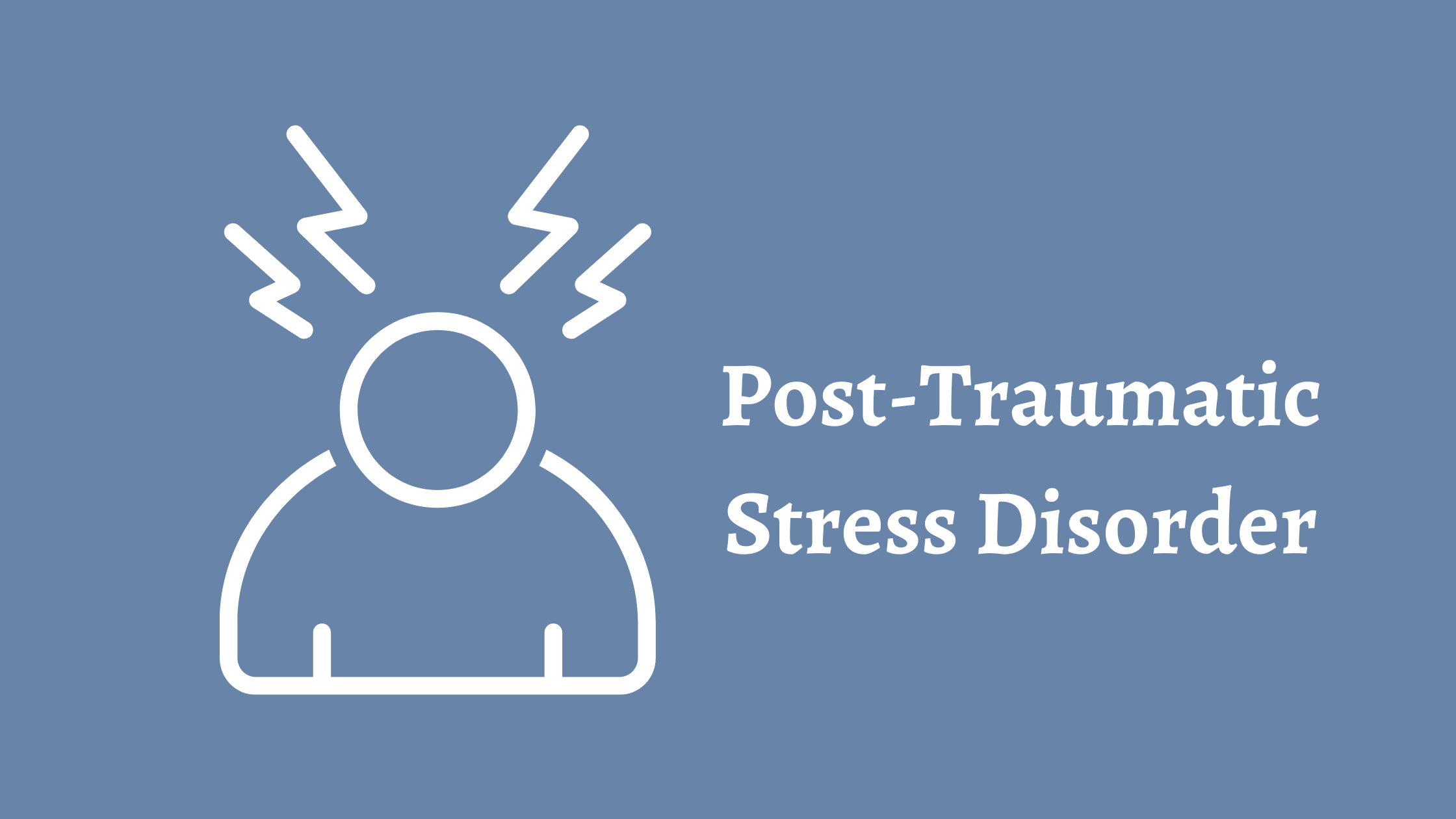
PSTD, or Post-Traumatic Stress Disorder, occurs when you witness or experience traumatizing events that affect your mental health. Some of the top PSTD symptoms include stress, anxiety, vivid flashbacks, and uncontrollable thoughts about your terrifying experiences. The victims of this psychiatric disorder can get compensation for PSTD, but they must present hard evidence of their claims. This begins by understanding the best ways to collect evidence to ensure you receive the payment you deserve. The following evidence–collection techniques will support your claim if you follow them keenly.
Access Your Medical Reports
Post-Traumatic Stress Disorder is a mental condition that requires professional medical attention for the victims to regain control of their mental well-being. This means that many individuals who’ve found themselves with this disorder have to go through several psychiatric checkups and treatments to bring them back to consciousness and help them forget their ordeals.
Medical reports are among the first pieces of evidence on a PTSD compensation chart. Besides the reports, you should consider notes from the hospital or doctor who handled your case. The main idea here is to present this evidence and find a specialist to expound further on your suffering.
Look for Camera Coverage
Security cameras, dashboard cameras, body cameras, and other gadgets are widespread in the contemporary world, meaning many people can get visual recordings of what leads to different accidents and incidences. Videos are reliable because they show everything that happened, leading to the horrible and terrifying incident that left you with PTSD.
Presenting such evidence increases your chances of getting adequate compensation. A video of the incident or accident will clearly show who is to blame. Nonetheless, you can forget about compensation if the footage shows you were at fault.
Collecting Witness Statements
It’s rare for any incident or accident causing PTSD to have no witnesses. Someone is always there to explain what conspired and what led to the occurrence. You should focus on these individuals to build and support your claim and enhance your compensation chances. Besides the witnesses at the scene, your lawyer may request to talk to your friends, family, and colleagues to explain some of the psychological and behavioral changes you have portrayed since the incident.
Nevertheless, your attorney must ensure that the information they collect is viable and credible. That’s because some witnesses may amplify things and make your claim invalid. It’d be disappointing to go through your claim and miss your compensation simply because a witness’s statement doesn’t match what happened.
Grab a Copy of an Accident Report
Authorities file all accidents and incidences on the road, at work, or on a residential property. This filing is primarily meant for data collection and statistics f whatever is happening globally. It is advisable to get a copy of such a report and keep it to yourself or hand it over to your legal assistant.
For instance, if an accident or incident occurs at your workplace, the relevant filing parties will undoubtedly record it in your company’s accident report book. This should be the first place to check for a copy of such a report. This evidence is enough to support your claim and show that whatever you say is the truth. You can decide to present the evidence yourself if PTSD doesn’t hinder you. Alternatively, you should hand over the copy to your advocate for the best assistance.
It takes incredible effort and substantial proof for people to believe that you were involved in an incident or accident that caused you to have Post-Traumatic Stress Disorder. Fortunately, the above actions will help you gather adequate evidence to support your claim and enhance your compensation chances.